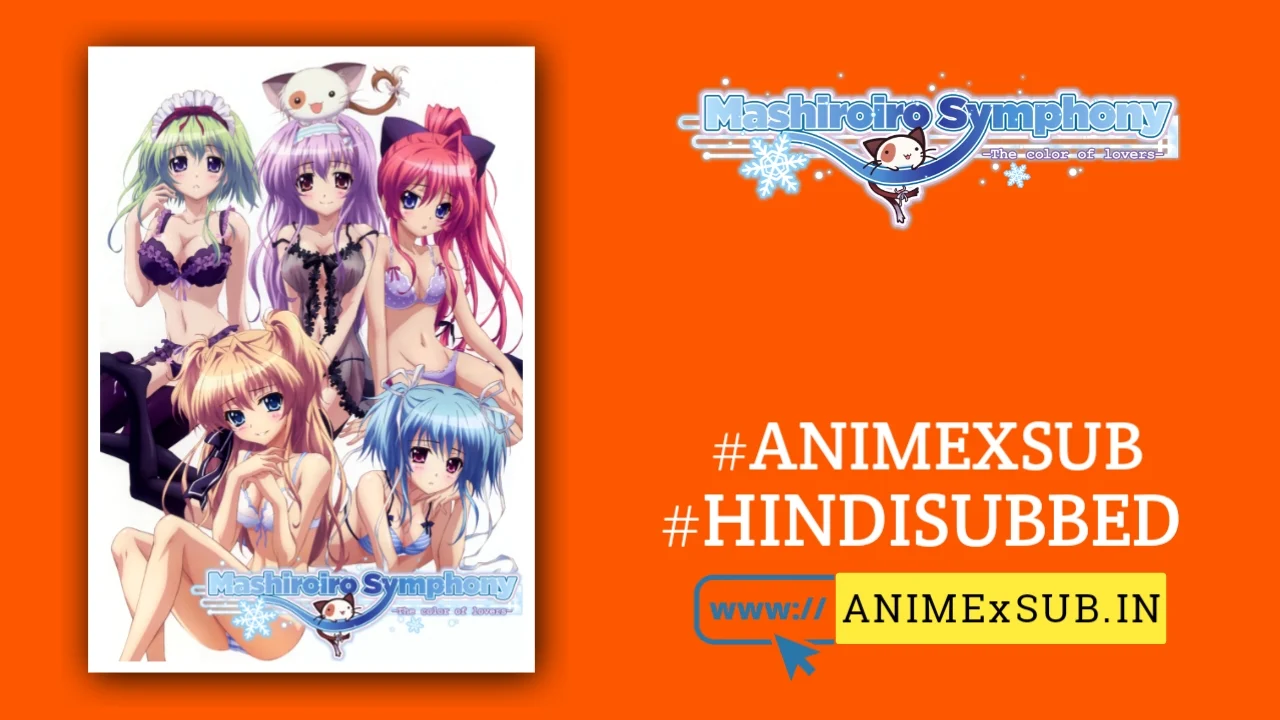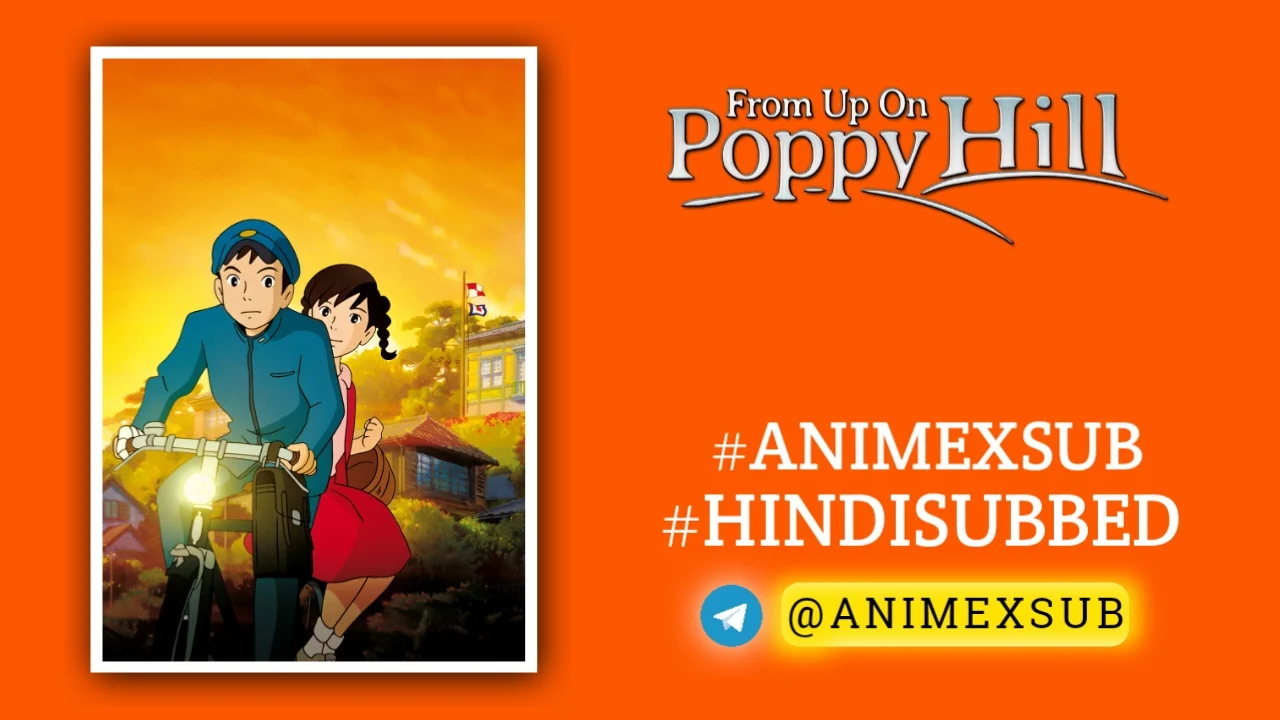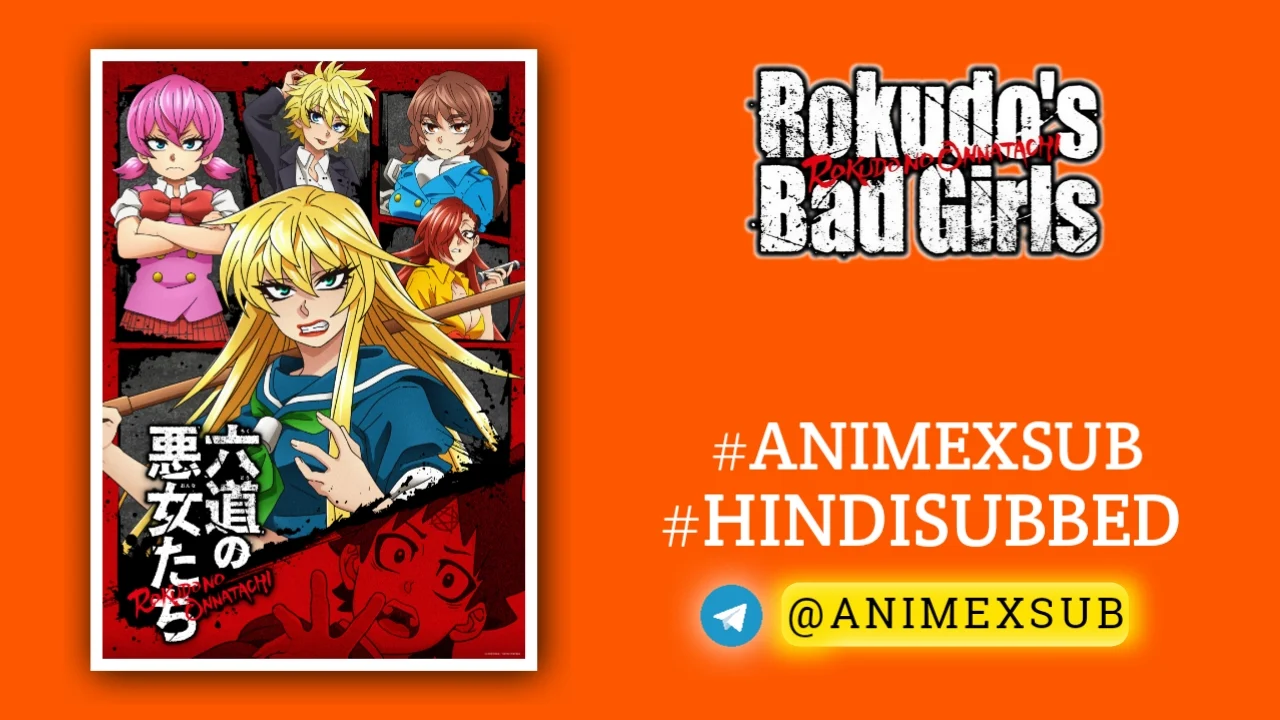
Mashiroiro Symphony: The Color of Lovers Hindi Subbed [12/12] | Mashiro-iro Symphony: The Color of Lovers Hindi Sub

Mashiroiro Symphony: The color of lovers
Mashiroiro SymphonySynopsis
When boys suddenly get into places where they've never been allowed before, some girls tend to get upset. So when the decision is made to merge the elite Yuihime Girls' Private Academy and the coeducational Kagamidai Private Academy, everyone wants to take extra care in avoiding trouble while bringing the two Privates together. Therefore, rather than just sticking the Kagamidai boys into the Yuihime girls all at once, a plan is concocted in which a group of test males will be inserted into the Girls' Private Academy first. Thus it is that poor young Shingo finds himself being thrown as a sacrificial lamb to the lionesses of Yuihime, who aren't exactly waiting for him with open arms. Will Shingo manage to survive the estrogen soaked death pit that is Yuihime? Can the girls learn to be more receptive to the boys? And just how long until something involving panties will cause emotions to flare, sparks to fly and the battle of the sexes to explode? (Source: Sentai Filmworks)
Characters
Episodes
Mashiroiro Symphony: The Color of Lovers Season 1 – A Subtle Yet Flawed Romance That Resonates
Mashiroiro Symphony: The Color of Lovers (2011), a 12-episode anime adapted from Palette’s visual novel, offers a heartfelt exploration of relationships and personal growth set against the backdrop of a school merger. This review dives into its unique strengths, narrative choices, and shortcomings, providing a fresh perspective on what makes this romance anime stand out—and where it falters—without resorting to promotional fluff.
A Grounded Premise with Emotional Depth
The story unfolds in the fictional town of Kagamidai, where the elite all-girls Yuihime Private Academy merges with the co-ed Kagamidai Private Academy. To ease the transition, a test group of male students, including protagonist Shingo Uryuu, is integrated into Yuihime’s campus. This setup, while not revolutionary, grounds the narrative in a relatable conflict: the clash of cultures between an insulated, upper-class female student body and the incoming boys. The tension feels authentic, capturing the awkwardness and prejudice that can arise when unfamiliar groups collide.
Shingo, a kind-hearted and empathetic second-year student, serves as the audience’s anchor. His compassionate nature contrasts with the initial hostility from Yuihime’s students, particularly Airi Sena, the tsundere student council president who vehemently opposes the merger. The anime spends its first half exploring Airi’s arc, portraying her gradual shift from disdain to vulnerability with nuance. This focus on her growth, coupled with the show’s serene visuals—cherry blossoms, soft lighting, and a pastel color palette—creates a calming, almost nostalgic atmosphere that enhances the emotional stakes.
Subverting Expectations: A Bold Narrative Pivot
What sets Mashiroiro Symphony apart is its willingness to subvert the “first girl wins” trope common in romance anime. Early episodes heavily feature Airi, leading viewers to expect her as Shingo’s romantic endgame. However, around episode 7, the narrative shifts toward Miu Amaha, a gentle upperclassman who runs the Nuko Club, a group dedicated to caring for stray animals. This pivot is both its greatest strength and most divisive flaw.
The shift to Miu’s arc is foreshadowed subtly—Shingo’s blushes when observing her kindness, their shared moments in the Nuko Club—but feels abrupt to some viewers due to the heavy focus on Airi initially. Unlike Airi’s fiery personality, Miu’s quiet warmth and philosophy of cherishing fleeting moments (inspired by her bond with animals like the mascot Pannya) offer a different kind of emotional resonance. Her arc explores themes of impermanence and gratitude, particularly through her reflections on animals’ short lives, which add a layer of depth rarely seen in harem adaptations. This thematic richness elevates the show beyond typical romance tropes, making it a meditation on connection and loss.
However, the pivot frustrates fans invested in Airi or other heroines like Sana Inui, the tomboyish childhood friend, or Angelina Nanatsu, the quirky maid. The anime, constrained by its 12-episode runtime, adapts Miu’s route from the visual novel while only teasing others, leaving characters like Sana and Angelina underdeveloped. This focus on Miu at the expense of a broader ensemble is a gamble that doesn’t fully pay off, as it alienates viewers who prefer the visual novel’s multiple routes.
Visuals and Sound: A Mixed Symphony
Visually, Mashiroiro Symphony shines with its detailed backgrounds and expressive character designs, courtesy of Tsubasu Izumi. The cherry blossom-laden settings and soft color palette evoke a dreamlike quality, perfectly complementing the show’s emotional tone. However, some critiques note minor animation flaws, such as distorted faces in long shots, particularly for Shingo. These issues, while not dealbreakers, slightly disrupt the immersion.
The soundtrack, with Choucho’s opening “Niji no Asa ni” and Marble’s ending “Suisai Candy,” enhances the wistful mood. The background music, composed by Burton, subtly underscores key moments without overpowering the dialogue. Voice acting is a highlight, with Takahiro Mizushima (Shingo) and Ryōko Ono (Airi) delivering performances that capture their characters’ complexities, from Airi’s sharp defiance to Shingo’s quiet sincerity.
Strengths: What Makes It Unique
- Thematic Depth: Miu’s arc introduces a poignant focus on cherishing impermanent relationships, using the Nuko Club’s animals as a metaphor. This elevates the show beyond standard romance, touching on universal experiences of loss and memory.
- Realistic Character Dynamics: The initial hostility from Yuihime’s students and their gradual acceptance feel organic, reflecting real-world social integration challenges.
- Subtle Foreshadowing: The shift to Miu is justified by early hints (e.g., Shingo’s reactions in episode 1), rewarding attentive viewers on rewatch.
Flaws: Where It Stumbles
- Pacing and Focus: The abrupt shift from Airi to Miu feels jarring, and the neglect of other heroines’ arcs leaves the story feeling incomplete. Fans of Sana or Angelina may feel shortchanged.
- Limited Closure: The anime ends with Shingo and Miu together, but other characters’ futures—particularly Airi and Sana—remain unresolved, begging for an OVA or sequel that never materialized.
- Generic Elements: Despite its unique elements, the school merger premise and harem setup tread familiar ground, and the slow pacing can feel sedating at times.
A Timeless, If Imperfect, Romance
Mashiroiro Symphony: The Color of Lovers Season 1 is a compelling study in balancing heartfelt romance with deeper themes of acceptance and impermanence. Its bold choice to prioritize Miu’s route over the expected Airi arc is both its most distinctive feature and its biggest point of contention. While the serene visuals, evocative music, and strong voice acting create an immersive experience, the uneven pacing and underdeveloped side characters prevent it from reaching masterpiece status.
For fans of romance anime, this series offers a refreshing take on familiar tropes, with a focus on emotional authenticity that feels timeless. Yet, those expecting a balanced harem or closure for all characters may leave disappointed. It’s not perfect, but its quiet sincerity and unique thematic undertones make it a worthy watch for those seeking a romance that lingers.
Recommendation: Watch it for its heartfelt moments and Miu’s touching arc, but temper expectations if you’re attached to Airi or want a broader harem resolution. Ideal for fans of introspective, character-driven stories like Clannad or My Teen Romantic Comedy Yahari.























